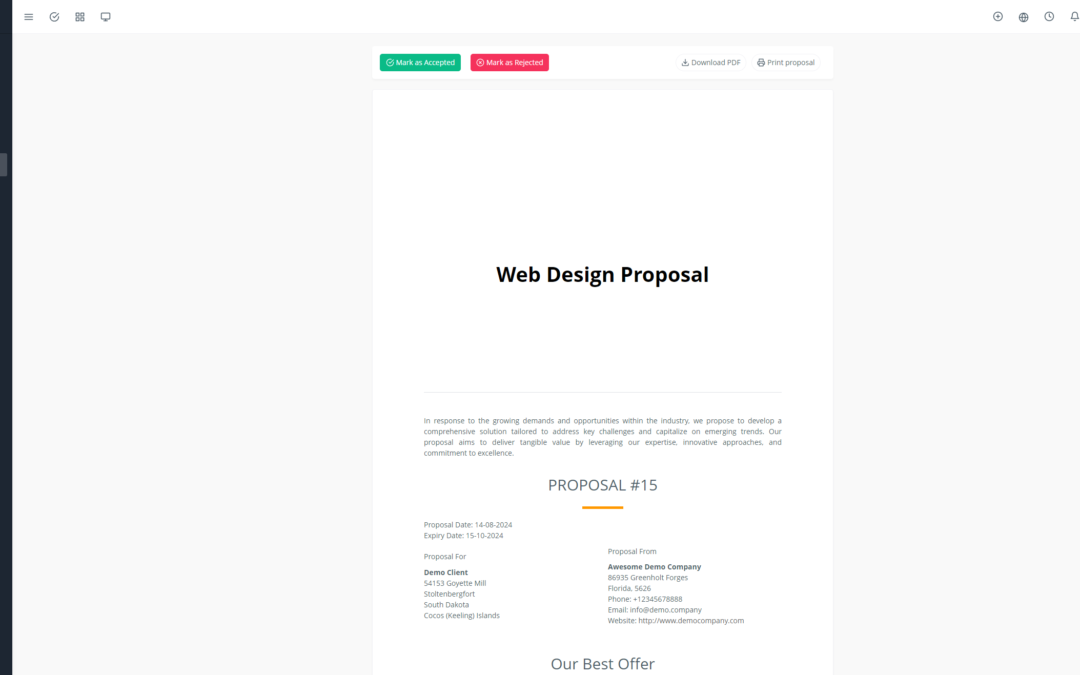An effective knowledge base is a valuable asset for any business. It helps reduce support tickets, improve customer experience, and free up your teams to focus on more complex tasks. But how do you measure if your knowledge base is truly effective?
Yoneos CRM provides you with the tools to track key metrics and understand the impact of your knowledge base on your business. Here are the essential indicators to monitor:
1. Content and Usage
Total number of knowledge base articles: 📚
Indicates the richness and depth of your knowledge base.
Number of articles viewed by users: 👁️
Lets you see which articles are the most popular and helpful.
Click-through rate on knowledge base articles: 🖱️
Measures the attractiveness of your titles and the relevance of the articles to user queries.
Average time spent on knowledge base articles: ⏱️
Reflects user interest and the clarity of the information provided.
Number of comments and ratings on articles: 💬
Offers valuable feedback on the quality and relevance of the information.
Average rating of knowledge base articles: 🌟
Allows you to track user satisfaction and identify articles that need improvement.
Number of article suggestions:💡
Indicates the topics and information that users are looking for and that you could add to your knowledge base.
Number of updated articles: 🔄
Reflects the engagement and adaptation of your knowledge base to the changing needs of your customers.
2. Impact on Problem Resolution
Number of tickets opened: 🎫
Allows you to track the volume of support requests.
Number of tickets resolved through the knowledge base: ✅
Measures the effectiveness of your knowledge base in solving customer problems.
Ticket resolution rate through the knowledge base: 🏆
Indicates the percentage of tickets resolved thanks to the knowledge base, reflecting its direct impact on customer support.
Average resolution time for tickets resolved through the knowledge base: ⏳
Measures the speed and efficiency of problem resolution through the knowledge base.
3. User Engagement and Retention
Number of new knowledge base users: 🆕
Indicates the attractiveness and accessibility of your knowledge base.
Number of active knowledge base users: 💪
Measures the regular use of your knowledge base.
Knowledge base user retention rate: 🔒
Indicates the ability of your knowledge base to retain its users.
Average time spent on the knowledge base website: 🌐
Allows you to track user engagement and the quality of the information provided.
Conversion rate of knowledge base users to customers: 🤝
Indicates the ability of your knowledge base to convert visitors into customers.
4. Impact on Costs
Impact of the knowledge base on reducing support costs: 📉
Measures the savings achieved through reducing the number of support tickets and improving customer self-service.
By tracking these metrics, you can optimize your knowledge base, make it more effective, and improve your customer experience.
Yoneos CRM provides you with all the tools you need to analyze these indicators and constantly improve the performance of your knowledge base. Don’t hesitate to explore its features and get the most out of this valuable tool.

